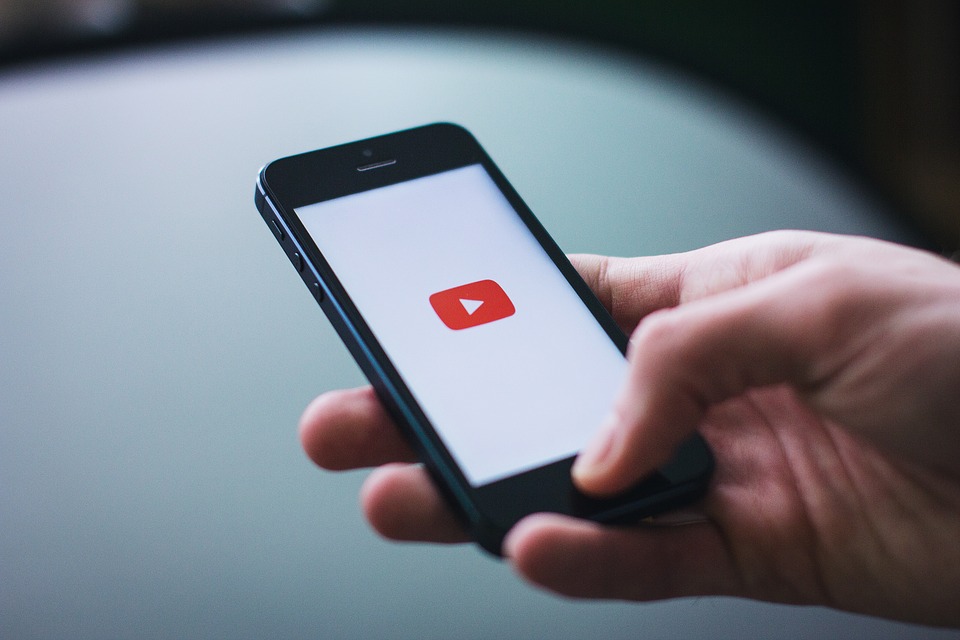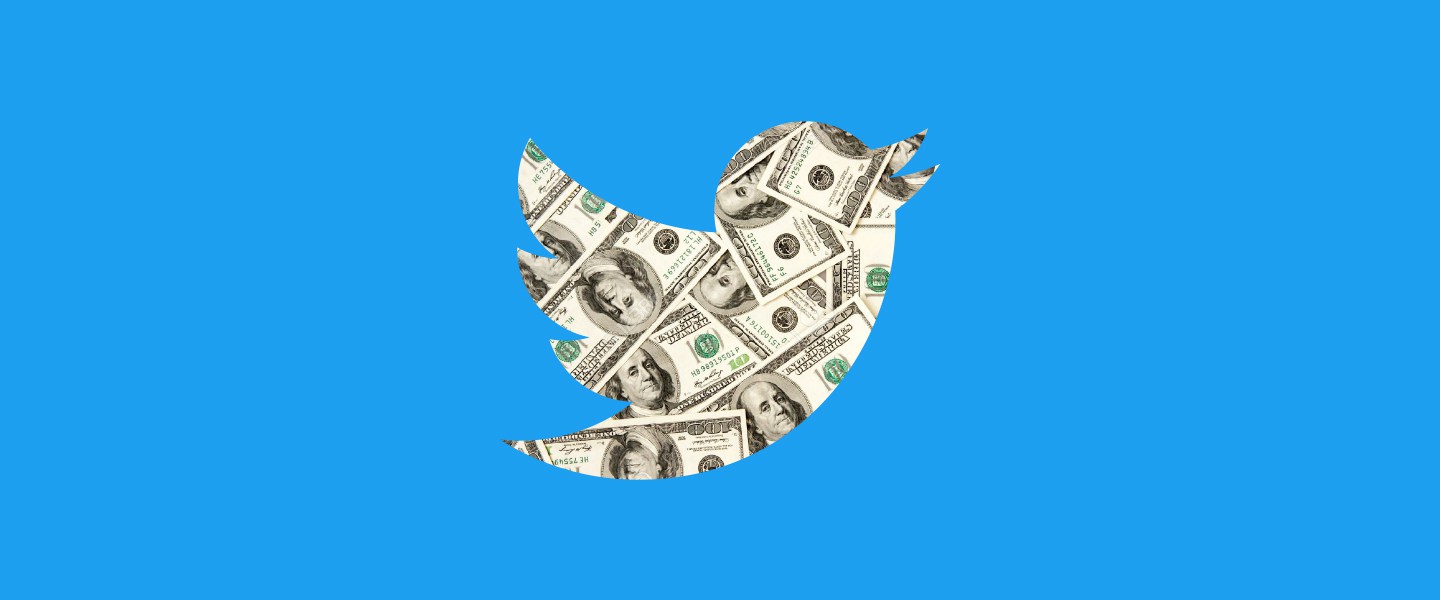If you’re just getting started with Facebook for Business, here are five tips for your small business Facebook strategy.
Facebook is a great platform for small businesses to market their brand and engage with consumers. The platform offers countless features to utilize and opportunities to connect with prospective clients and customers. If you’re just getting started with Facebook for Business, here are five tips for your small business Facebook strategy.
Take advantage of Facebook Live
Facebook Live allows you to broadcast in real time to go behind the scenes of your business, show off your products and/or services, or simply connect with existing customers while introducing yourself to new ones. Going live on Facebook, which can be done on a mobile device, desktop or laptop, is a great way to boost engagement and get more personal with your audience, which builds trust and credibility. Promote your upcoming livestream via email or on your website or other social media channels so people know to tune in.
During your livestream, it helps to have someone else monitor and reply to any comments that might come in. You can go live directly on your business page or in a Facebook group, which will provide a more exclusive experience for members.
Use Facebook for customer service
Many customers turn to social media to voice concerns or ask questions, expecting to receive immediate help. Facebook and its Messenger app are great platforms for resolving customer service issues. Here, you can provide any necessary information that a customer requests, respond to direct messages or comments on your page and resolve any problems a customer might bring to your attention. Doing this publicly will also show your customers you are proactive in addressing their concerns.
Providing a space for your customers to connect with you directly will make them feel more involved in your brand.
Promote your content on Facebook
Facebook is a great place to share relevant and valuable content for your consumers. From blog posts and product information to news about your brand and upcoming events that you’re hosting, publishing updates, photos, videos and other forms of content will engage your audience and keep you top of mind.
When deciding what content to share on your Facebook business page, consider your target audience and what they’d like to see. For instance, if you own a restaurant, consider sharing blog posts with recipes, photos of your dishes or upcoming deals you’ll be offering in-store.
Optimize your page for engagement
In 2018, Facebook announced that its algorithm would prioritize content that sparked “meaningful interactions” among users and their connections, and it continues to do so to this day. Therefore, your business’s Facebook page should encourage interactions with your visitors, such as asking thoughtful questions to elicit comments and responses. Providing a space for your customers to connect with you directly will make them feel more involved in your brand.
Another option for engagement is adding a call to action on your page and in your posts. Your CTAs can range from asking a customer to visit your website or make a purchase to simply following your Facebook page or commenting a response on a post.
Analyse your stats
To ensure you’re on the right track with your strategy, analyse the following Facebook statistics against your goals to establish a benchmark and future progress.
- Impressions: Your impressions tell you the number of times your audience has seen a specific Facebook post.
- Reach: Your reach describes the number of times a new user sees your content.
- Engagement: Your engagement measures how often someone interacts with your posts. This includes both positive (e.g., a user commenting on your post) and negative engagement (e.g., a user hiding your post).
- Page followers: As the name suggests, page followers count the number of users who are following your Facebook page. It helps to track and analyse this stat over time.
- Video performance: Your video performance tells you how many people are watching and engaging with your videos.
- Pages to watch: The “pages to watch” section of your analytics overview shows you how your page measures up to your biggest competitors’ pages.
- Local: If you’re a local business, the “local” tab tells you information and demographics about customers in your area.
Learn more about marketing your business on Facebook in our guide.
Feature Image Credit: Getty Images/Tirachard
By Sammi Caramela
Sourced from CO
CO— aims to bring you inspiration from leading respected experts. However, before making any business decision, you should consult a professional who can advise you based on your individual situation.




